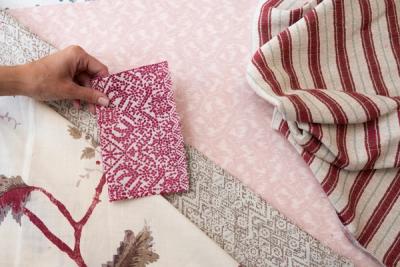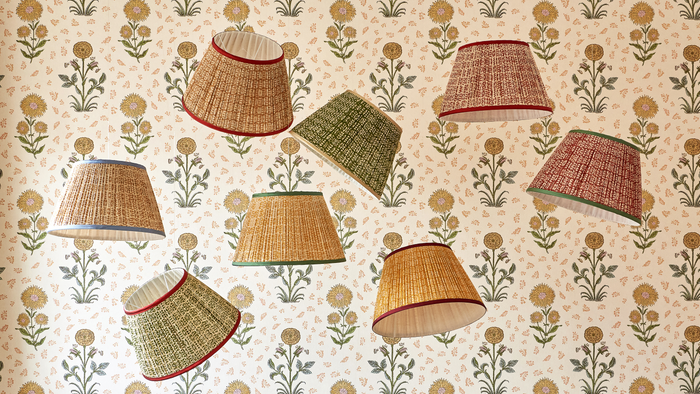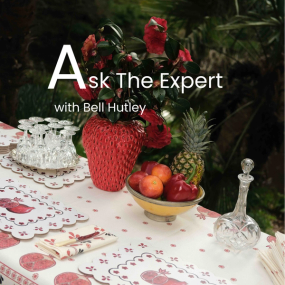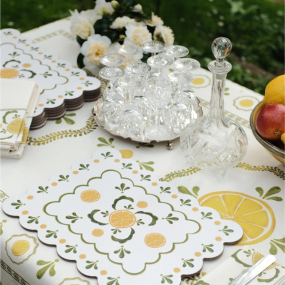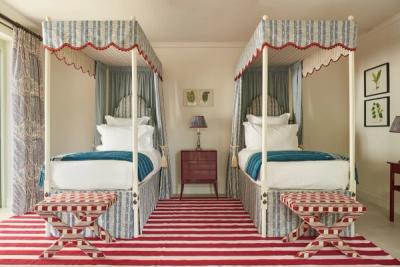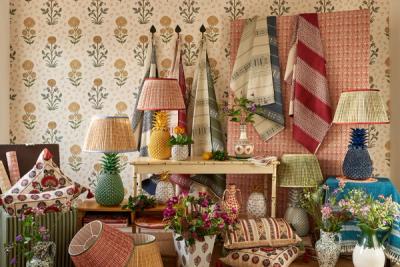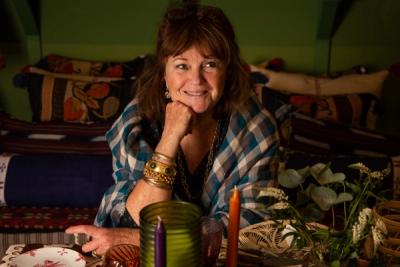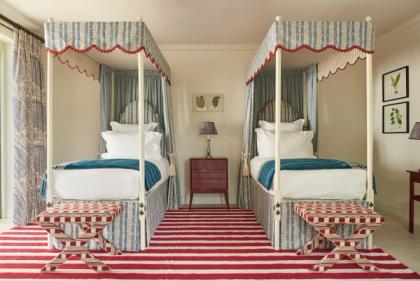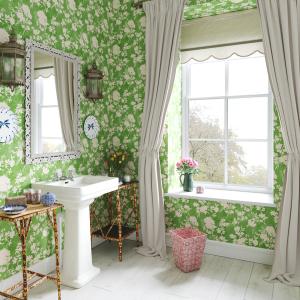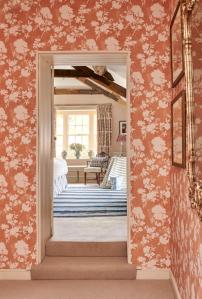Decoration
The Appeal of Blending the Utilitarian with the Beautiful
Click here to find out more about the beauty that can be infused into heavily utilitarian spaces, and how to achieve the same effect in the home.

The Appeal of Blending the Utilitarian with the Beautiful
Have about you only the things that are useful or beautiful – that universal mantra that can be taken to one extreme or the other, depending on how definitively your heart lies with form or function. It’s a useful line for any interior designer or amateur decorator, and it’s informed many a purge or spring clean over the decades.
In so many spaces, one inevitably takes a more prominent position than the other. An eclectic maximalist style tends to prioritise form over function, celebrating objet d’art, print and colour, texture and those extra flourishes that fill any and all empty spaces between the room’s key pieces. The more brutalist style tends to strip those elements down to only the very basic – sleek, empty kitchen worktops reminiscent of industrial kitchens or living rooms for which those key elements – the seating and the lighting – represent almost the sum total.
There are plenty of design styles that don’t go to quite those same extremes but, even still, prioritise one facet – beauty or function – over the other.
But what about a careful, equal marriage of the two? What happens when form and function are given equal weight in a single space and allowed to create something that is not just fit for purpose but designed for celebration?
Inspiration from the world
In early July, Dezeen published a piece on BAO Mary, a Taiwanese restaurant based in Marylebone, London. The restaurant’s design is, at first glance, relatively simple; it’s elegant but unpretentious, and it manages to avoid any overt theming. Even from the outside, the restaurant manages to strike a balance between simple and refined, with plenty of soft, rounded edges reminiscent of its speciality: the dumpling.
The brand’s in-house design team, MATHs, describe the need to create a space that emphasises the liveliness of its patrons, that distinctive ambience of a restaurant at the heart of Taiwanese culture. The space needs to be relatively unobtrusive but not unmemorable. This is London, after all.
The dumpling house is inherently utilitarian. It’s not a dish to linger over for five courses; it’s a dish to fuel an afternoon’s work or replenish and comfort the body at the end of a long day.
Nothing in the room is there for beauty, but, at the same time, every single element stands out for being beautiful in its own way. Texture is introduced through the most utilitarian features – wood panelling, leather seating, Formica tabletops polished to reflect the light of the drink refrigerators and the rounded, dumpling-esque wall lights.
No element is there for show, but, even so, what a show they create together!

Utilitarian Beauty in the Home
There are so many ways to mirror this approach to design in the home, whether your tastes align closely with the mid-century minimalism of BAO Mary or with a more eclectic vision. There are so many fundamentals to place in any home, from the lighting to the soft furnishings, the kitchen workspaces to the storage.
If you find tracking down beautiful things easy, then the best way to emphasise the utilitarian side of things is to focus on harmony. A wholly utilitarian space features a variety of objects that serve a single purpose – say, creating and serving bao. Pieces harmonise.
Focus on form. Abstract or geometric patterns can be easily mirrored across your furnishings and accessories, from the fabric and wallpaper to the basic shapes that comprise your decorative lamps, vases, coffee and end tables, and the art you place on the walls. Don’t be afraid to leave functional elements in the open, particularly in spaces like kitchens where the temptation to conceal as much as possible in the cupboards and larder is always there.
The effect is most easily realised in the most functional spaces – the kitchen and bathrooms, say. Focus on key elements that are inherently attractive despite their ubiquity, such as terracotta and fabrics that bring a sense of imperfection to spaces – for instance, linen, with its naturally crinkled drape. Metal and stone are excellent for roughing up the edges of a beautiful space.
Under a utilitarian approach to design, space is not wasted on objects or furnishings that aren’t expressly useful – that don’t serve a purpose around which the entire room is created. But that’s not to say that those objects can’t be infused with their own beauty. The impact of marrying the two together equally, rather than trying to make space for both as individual elements, is incredibly powerful.
More from Decoration



